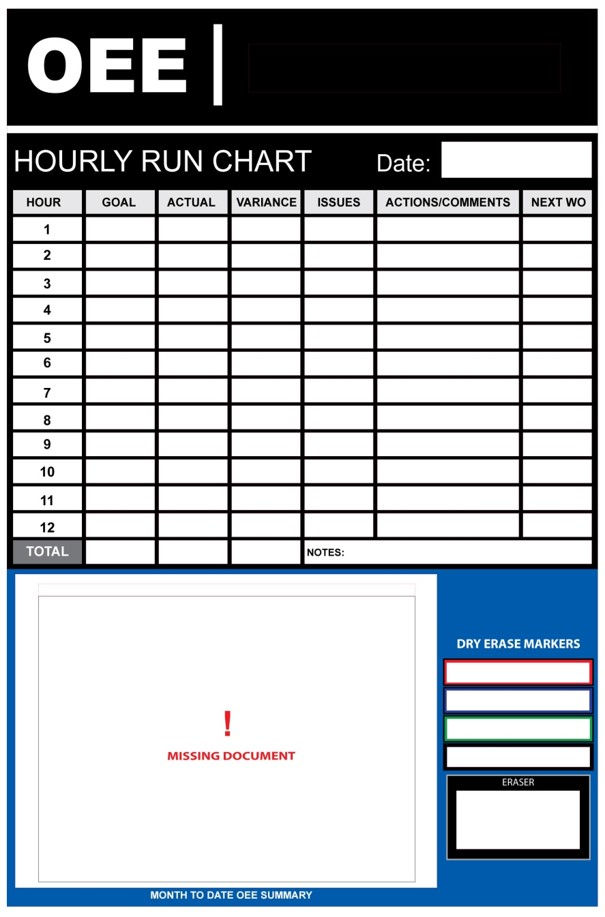Trust your Supply Chain and measure results.
- Richard Kunst

- Apr 18, 2021
- 3 min read
In a typical automotive assembly plant supporting every employee working on the line there are at least 10 additional employees working somewhere within the supply chain. Suppliers … the hidden factory. So imagine if you struggle with communication internally how can you bridge the link to your external suppliers? We will outline some proven tools and tricks that may help you improve supplier communication and trust.

In this article we will not be discussing pricing. The market will establish the price so when working with suppliers it should not become part of the discussions towards improvement … it will evolve naturally.
Inventory is time … but it is also a reflection of the amount of trust that exists between you and your supplier. If you have been stocked out or shorted on occasion it is natural to bolster the inventory levels … primarily since no one ever wants to be scolded for shutting down a line due to lack of inventory.
Commodity Management
The most extreme engagement of a supplier with your organization. I learned of this concept many years ago when visiting BOSE speakers and then promptly followed suit. In this environment we provided our major suppliers with a desk, telephone and full system access. In essence they ere responsible to conduct the planning requirements for their commodity and ultimately placing orders onto themselves. Of course this created tons of alarms within accounting … but like most accounting systems we had the inherent controls in place. If the supplier anted to change the price our standard cost system would immediately alert us to a purchase price variance.
We loved this supply chain technique. It allowed us to manage our 600+ suppliers with just a few buyers. We watched our inventory begin to melt away because no computer system could match the speed of human communication. Also our computer systems never tracked promotional projects that were being or the anticipation of new significant contracts.
A great by-product of commodity management was as our suppliers became more familiar with the use of their products and services within our operation they were able to make suggestions that enhanced quality while reducing costs … add this to the ability to reduce our procurement lead-time we quickly had a significant competitive advantage within our industry sector.
Supplier Technical Exchange Program (STEP)
You are busy within your organization investigating and researching new technologies that will continue to provide your product or service the leadership position it deserves. But are
You alone in this endeavour? Of course not, with this in mind we decided to host a formal
event annually where our R&D scientists and sales folks discussed emerging desires of the consumer and how we were going to address those needs. We then opened the venue to see what emerging technologies our suppliers were developing … by beginning early integration of the emerging technologies we were first to market with the new technology and a distinct advantage.
Supplier Self Certification Program (SSCP)
You inspect and then count and double count items before shipping only to have your customer do the same thing upon receipt … What does this symbolize about trust?
We know that inspection is a non-value added activity so it makes sense to find a way to reduce and eliminate this activity. With SSCP both sides (supplier and customer) begin/continue extensive inspection and collaboration related to inspection requirements. As the trust grows, inspection requirements begin to diminish to the point where the goods received are delivered directly to the Point of Use. Typically incoming inspection will only identify the most blatant deviations and the real problems are identified when the operator attempts to use the item and then you become a victim of missing a delivery promise. Of course, if an incident occurs then the Certification process begins over.
Total Cost Of Procurement (TCOP) – Supplier Report Card and Improvement Agenda
Typically a particular supplier will get tagged as being a horrible supplier to deal with, quality and delivery issues. Often the supplier is unfairly judged, typically as a result of the volume of product they supply. Here is where TCOP is a great tool. It contains both a subjective and quantitative evaluation of your supplier. The TCOP Report captures subjective results related to Quality, Delivery, Service and Cost and then quantifies them for every $1,000 of annual spend conducted with that supplier. The TCOP report also works as an excellent working agenda with your suppliers on the path of improvement. I recall using the report to eliminate the confusion of on-time delivery … supplier thought our request date meant their ship date when it was our required dock date … the result as an overall 3 day reduction of our on hand inventory.
Doing the inverse of TCOP to measure your relationship with your customer works equally as well to reduce disturbances to flow and a cooperative attitude to reducing relationship overhead costs providing for a more competitive strategy.




Comments